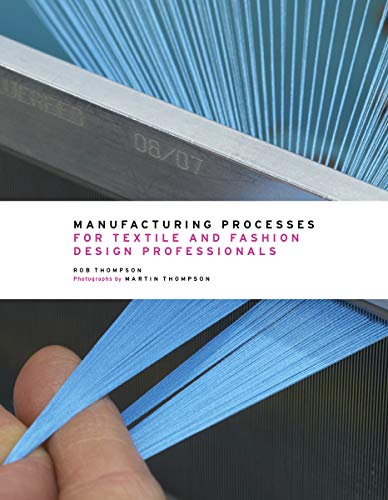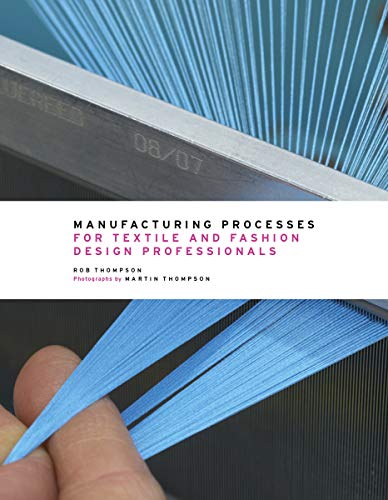Manufacturing Processes for Textile and Fashion Design Professionals is a comprehensive resource for professionals in the textile and fashion industry. This book covers various manufacturing processes that are essential for designing and creating textiles and fashion products. It provides a detailed overview of the different processes involved in the production of textiles and fashion items, including cutting, sewing, printing, dyeing, and finishing.
The book explores the latest technologies and techniques used in the industry, as well as traditional methods that are still widely practiced. It discusses the importance of quality control and sustainability in manufacturing processes, providing insights into how professionals can create environmentally friendly and ethically produced textiles and fashion products.
With its practical approach and detailed explanations, Manufacturing Processes for Textile and Fashion Design Professionals serves as a valuable guide for professionals who want to enhance their knowledge and skills in manufacturing processes. Whether you are a textile designer, fashion designer, or involved in the production of textiles and fashion items, this book will provide you with the necessary information to excel in your field.
The Importance of Manufacturing Processes in Textile and Fashion Design
For textile and fashion design professionals, understanding manufacturing processes is crucial to creating high-quality products. From selecting the right materials to ensuring efficient production, these processes play a significant role in the success of the industry.
Materials Selection: One of the first steps in the manufacturing process is choosing the right materials for the desired textile or garment. Designers must consider factors such as durability, comfort, and appearance. They may opt for natural fibers like cotton or silk, or synthetic materials like polyester or nylon, depending on the specific requirements of the design. Additionally, the sourcing and sustainability of the materials are becoming increasingly important considerations in the industry.
Efficient Production: Once the materials have been selected, fashion design professionals must ensure efficient production to meet consumer demands. This involves working closely with manufacturers to establish production timelines, quality control measures, and cost-effective strategies. Advanced technologies, such as computer-aided design (CAD) and computer-aided manufacturing (CAM), can greatly enhance the speed and accuracy of production processes. Additionally, employing lean manufacturing principles can help minimize waste and optimize productivity.
In conclusion, textile and fashion design professionals must have a comprehensive understanding of manufacturing processes to create successful products. By carefully selecting materials and implementing efficient production strategies, designers can produce high-quality textiles and garments that meet consumer needs and contribute to the growth of the industry.
Manufacturing Processes for Textile and Fashion Design Professionals
Publisher: Thames & Hudson (December 9, 2014)
Language: English
Hardcover: 544 pages
ISBN-10: 050051741X
ISBN-13: 978-0500517413
Item Weight: 6.01 pounds
Dimensions: 8.9 x 1.9 x 11.4 inches



